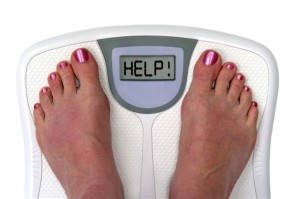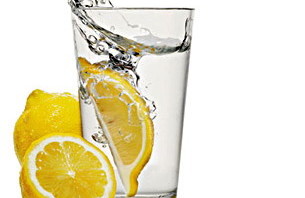
Since I just returned from a trip to the dermatologist to have a weird skin thingy looked at, I thought it might be a good time to talk about sun protection.
Don’t get me wrong, I’m a sun worshipper. But being naturally blonde and fair-skinned, I have to be careful. Back when I was a kid in the late 70s/early 80s, nobody cared about sunscreen. I remember my mom mixing baby oil with iodine and baking in the sun (and NEVER burning – she got the nice Italian skin; I got my father’s pale Irish skin). So all those times I burned and blistered at the pool are now coming back to haunt me. I fail to believe the hype that the sun is bad for you. Sun is the giver of life on this planet; I don’t think it will CAUSE cancer. But can UVA/UVB rays combined with all the other toxins we are now exposed to form a lethal cocktail forcing our cells to mutate? Possibly. For example, researchers at the Environmental Working Group, a Washington-based nonprofit, released a report confirming nearly half of the 500 most popular sunscreen products actually increase the speed at which malignant cells develop and spread skin cancer because they contain vitamin A and its derivatives, retinol and retinyl palmitate. These substances have been known to be cancer causing and toxic for years by the FDA but they simply have not taken any action in notifying the public of the dangers.
Regardless what you believe, here are some facts about sunscreens (excerpt taken from the May 21 on line issue of SELF Magazine)
SPF stands for Sun Protection Factor. This factor is a measure of how much ultraviolet (or UV) radiation it takes to burn your skin when it’s unprotected compared to how much it takes to burn it when it’s slathered in sunscreen. The higher the SPF value of your sunscreen, the more protection it offers from sunburn.
Now, here’s the tricky part. Many people think that SPF relates to how much time you can spend in the sun. In other words, if you can stay in the sun for 30 minutes before burning and you wear a sunscreen with an SPF of 10, you should be able to stay in the sun for 30 x 10 = 300 minutes or 5 hours before burning. Right? Not quite. Lower SPF products don’t block out as much of the sun’s rays as higher SPF products. Also, if you are in the sun during peak hours, you will burn more quickly. And finally, lab testing shows that people don’t apply enough sunscreen to get the full SPF effect (you need to apply liberally!). So that SPF 10 product will likely only protect you for an hour (max!) – not the 5 hours that you would think.
SPF doesn’t just relate to the duration of sun exposure; it also relates to the intensity of sun exposure. Here are the two factors to keep in mind when thinking about SPF.
• Time is one factor that contributes to the total exposure level but it’s not the ONLY factor.
• The intensity of the UV radiation also impacts the amount. For example, one hour of sunlight at 9:00 in the morning is equivalent to 15 minutes of sunlight at 1:00 in the afternoon. So if you’re only looking at how long you’re out in the sun you might drastically underestimate how much sun exposure you’re really getting.
Bottom Line: Use a broad spectrum sunscreen (protects you from both UVA and UVB rays) with a minimum SPF 30. Additionally, the FDA recommends that you reapply every two hours (even if it’s a waterproof or sweatproof sunscreen) and limit time in the sun, especially between 10am and 2pm when the sun’s rays are the strongest.
Personally, I feel that when shopping for sunscreens be sure to read the labels and avoid buying sunscreens loaded with toxic chemicals. Look out for oxybenzone and retinyl palmitate. It may be tough to find but a trip to a natural health store can often do the trick. Look for sunscreens that contain zinc and titanium minerals as opposed to toxic chemicals as listed above. Avoid other potentially toxic things in your life (processed foods, chemically-laden body care and cleaning supplies, cigarettes, chemical fertilizers and pesticides, and most plastics).
To be safe, check your skin frequently, looking for any new moles/skin growths, changes in any mole, any spot that continues to itch, crust or scab, or a sore that hasn’t healed for more than three weeks. If you’re not sure, get it checked. Better to be safe than sorry. Here’s to a fun and sunburn-free summer!
 Summer time means travel for many, and with airline baggage fees being through the roof, plus stringent TSA regulations, your packing game needs to be on point. Here are some tips that can help.
Summer time means travel for many, and with airline baggage fees being through the roof, plus stringent TSA regulations, your packing game needs to be on point. Here are some tips that can help.





- Facebook
- Instagram
- Twitter
- YouTube
- Pinterest
Follow @Honeybee_Grdns